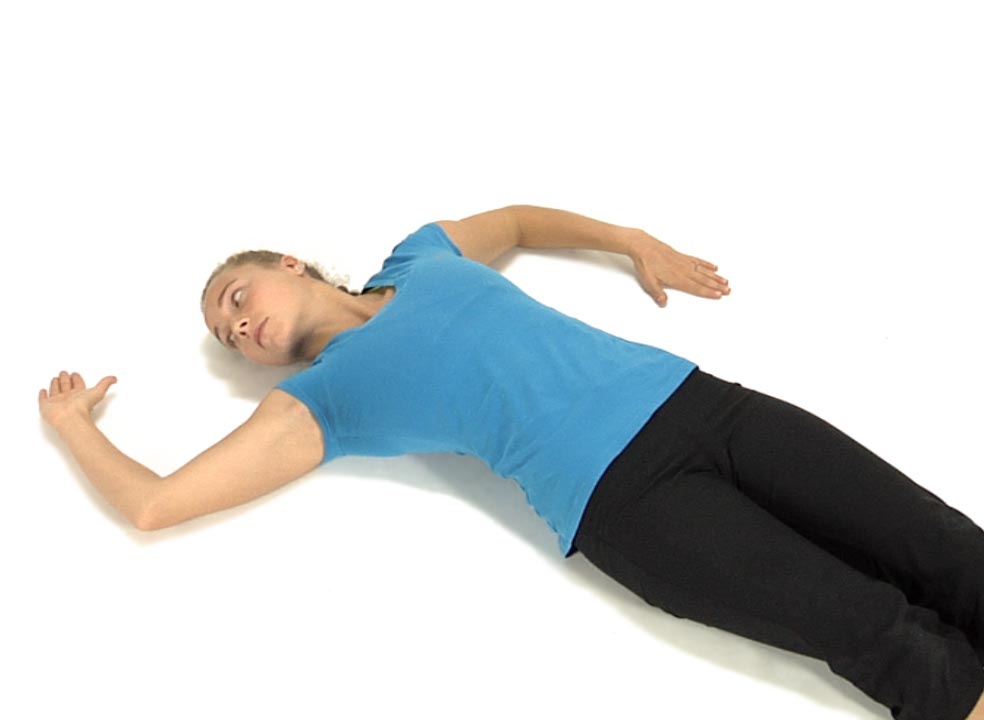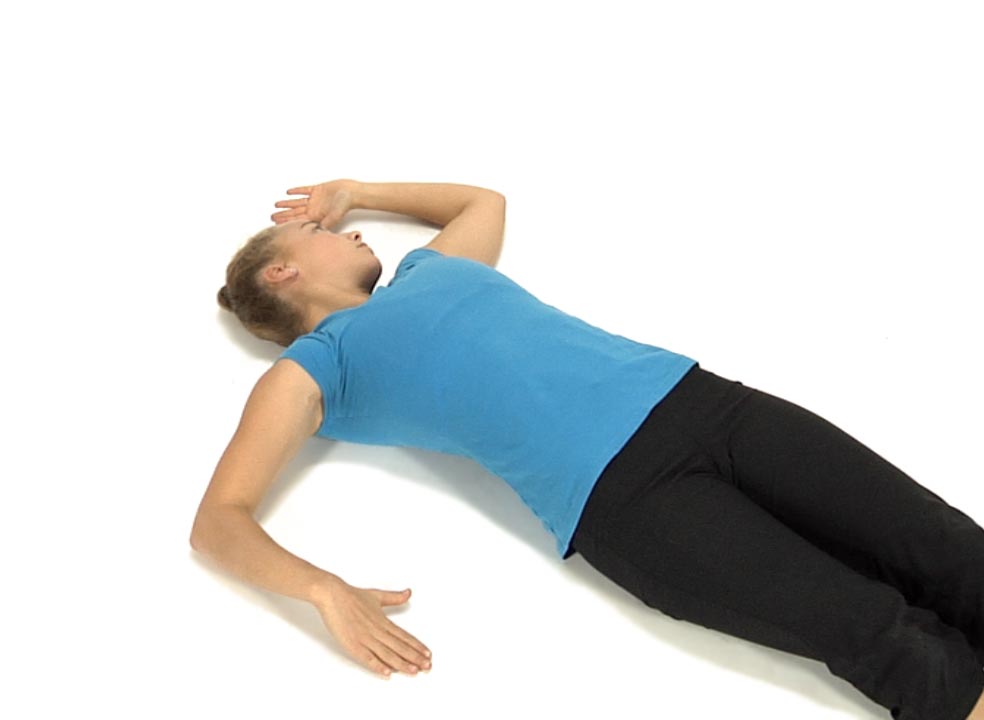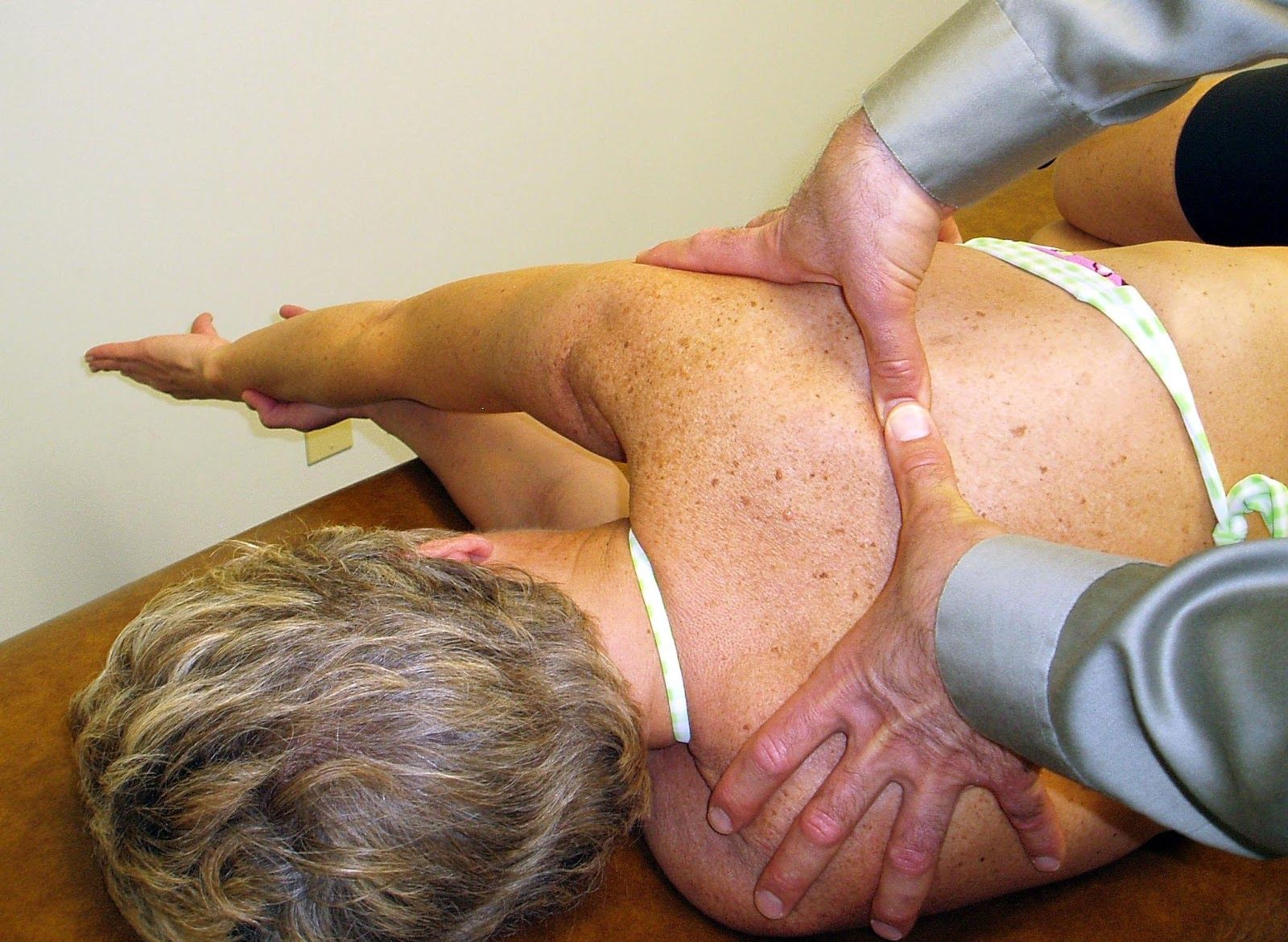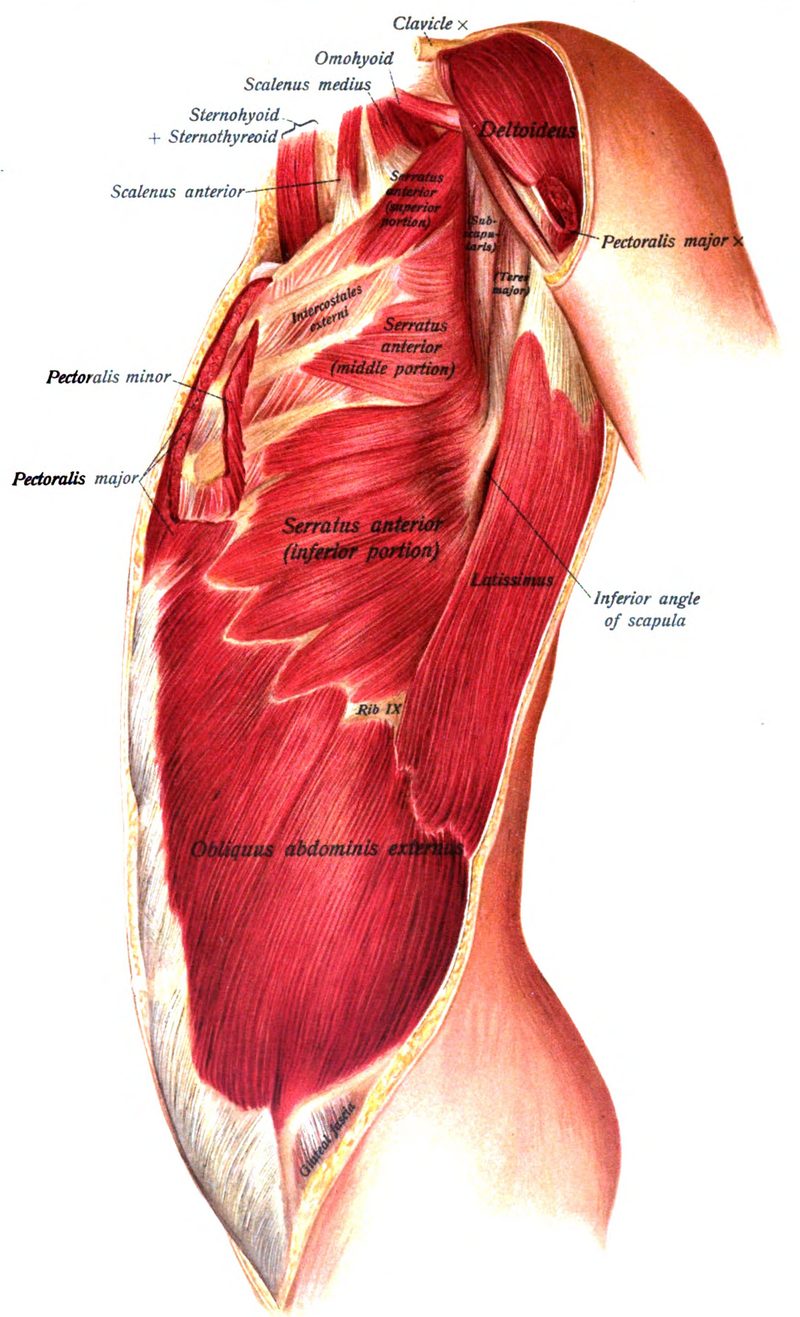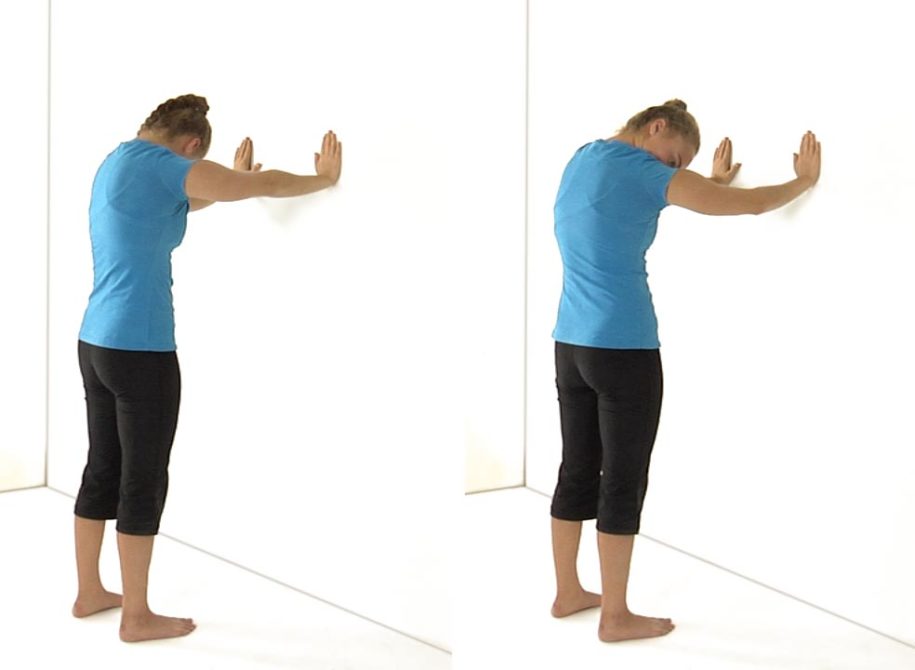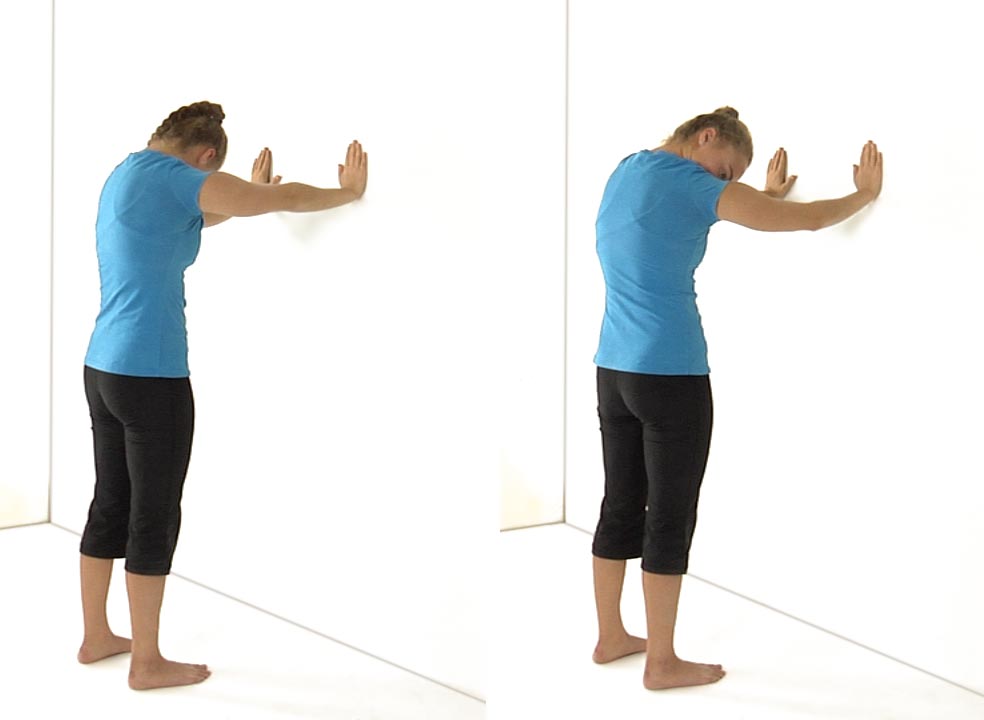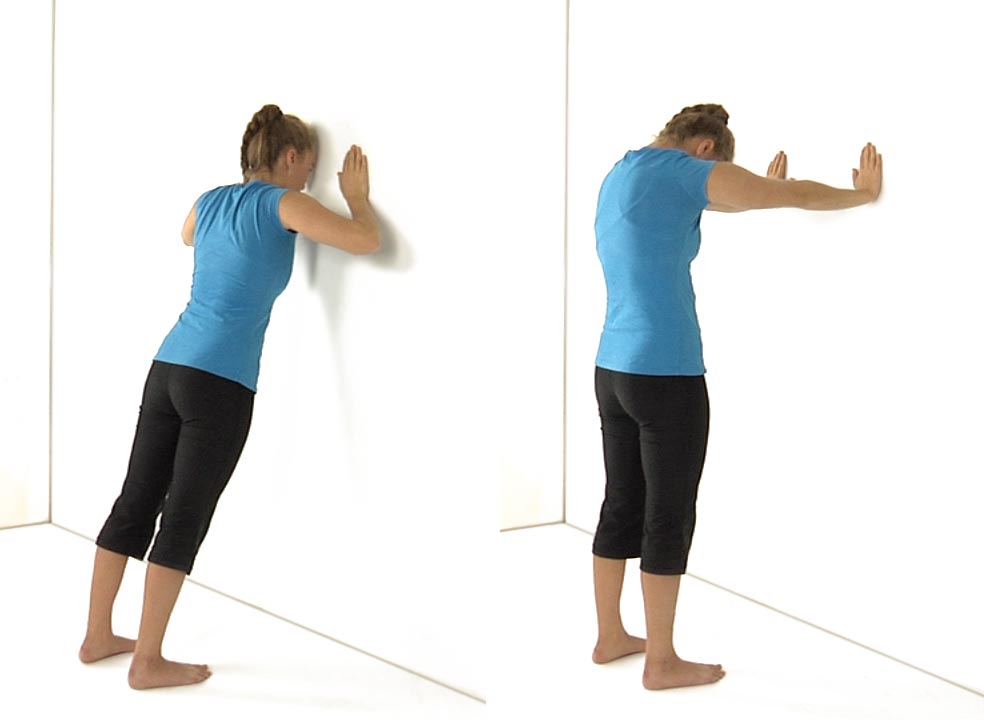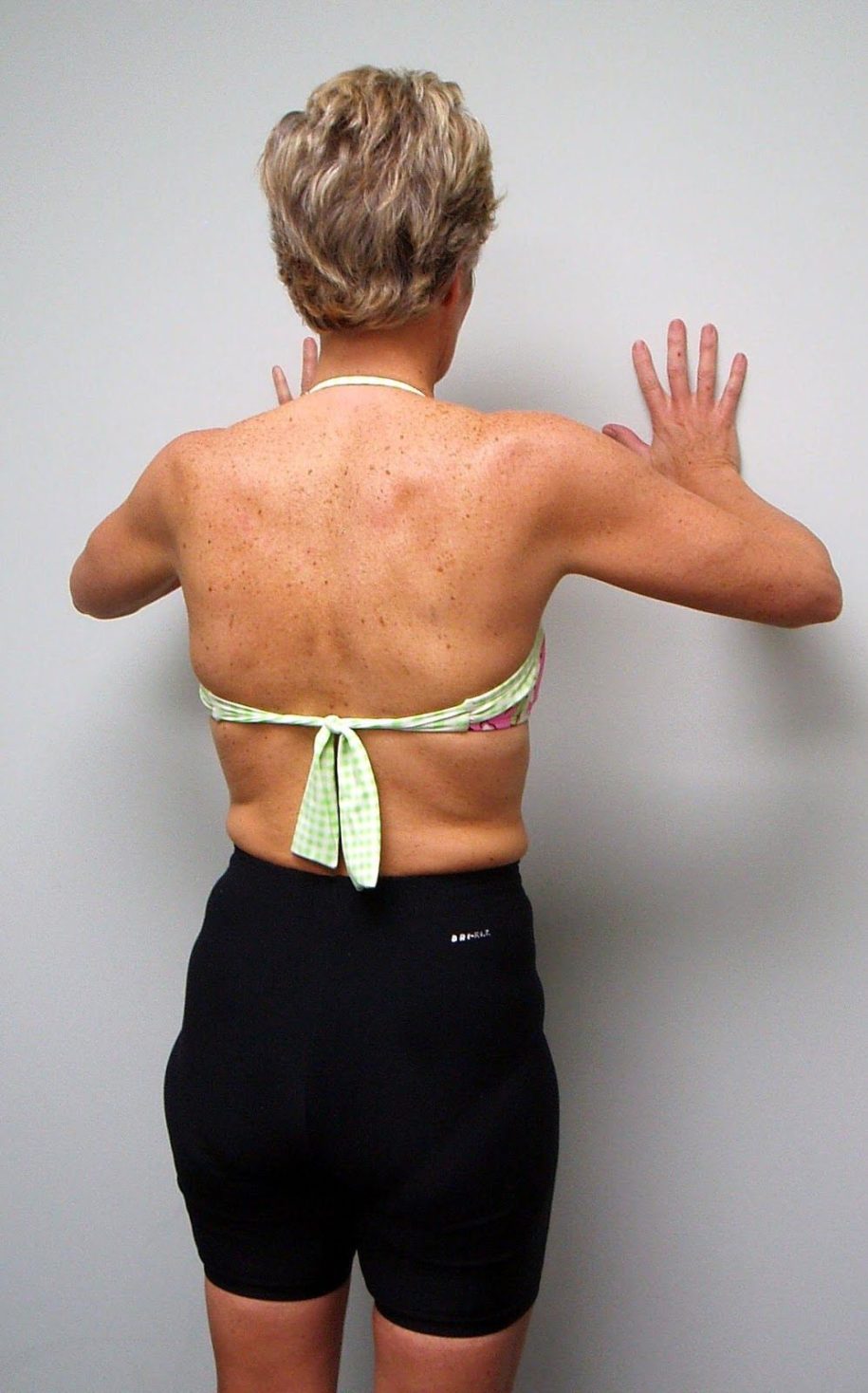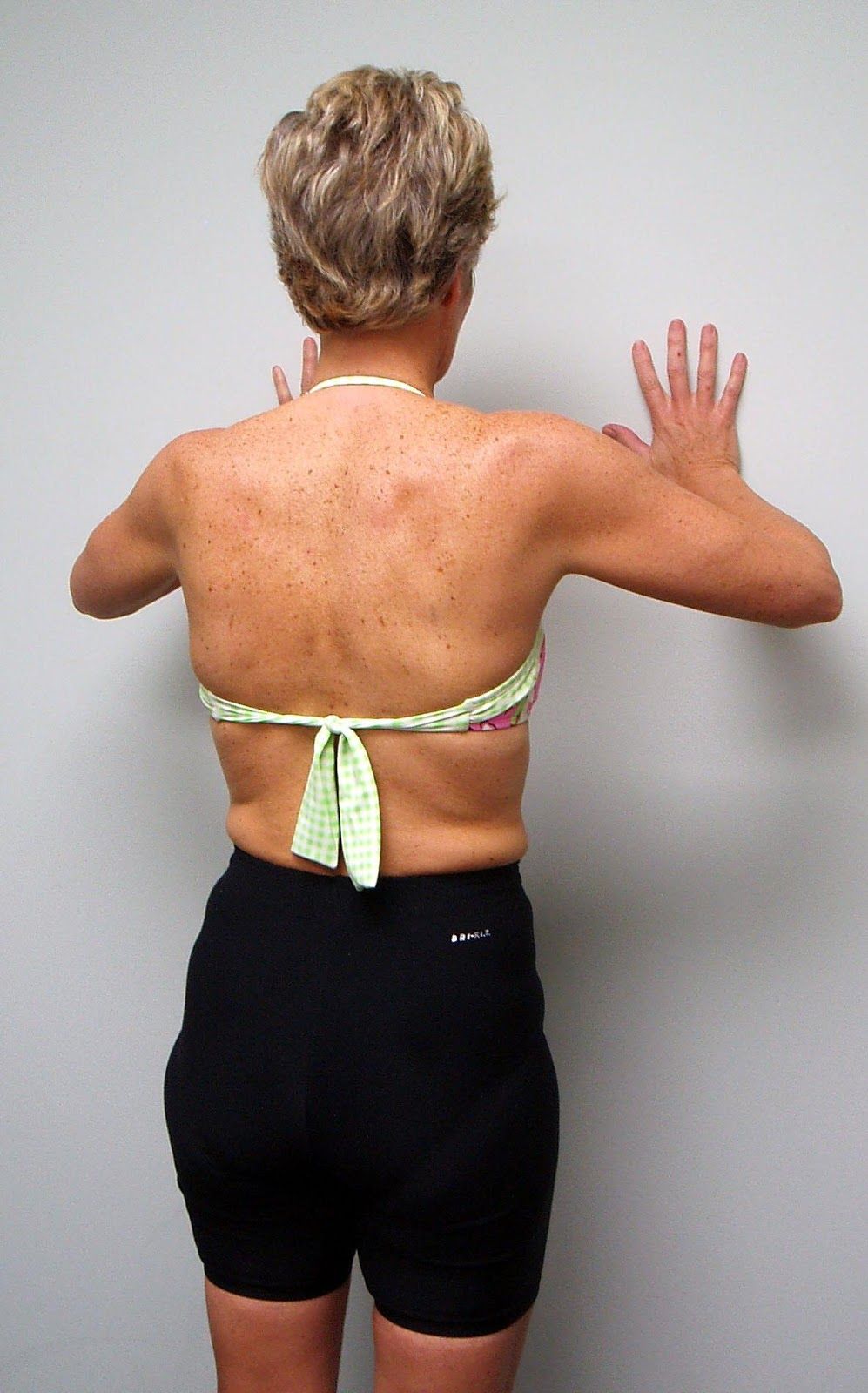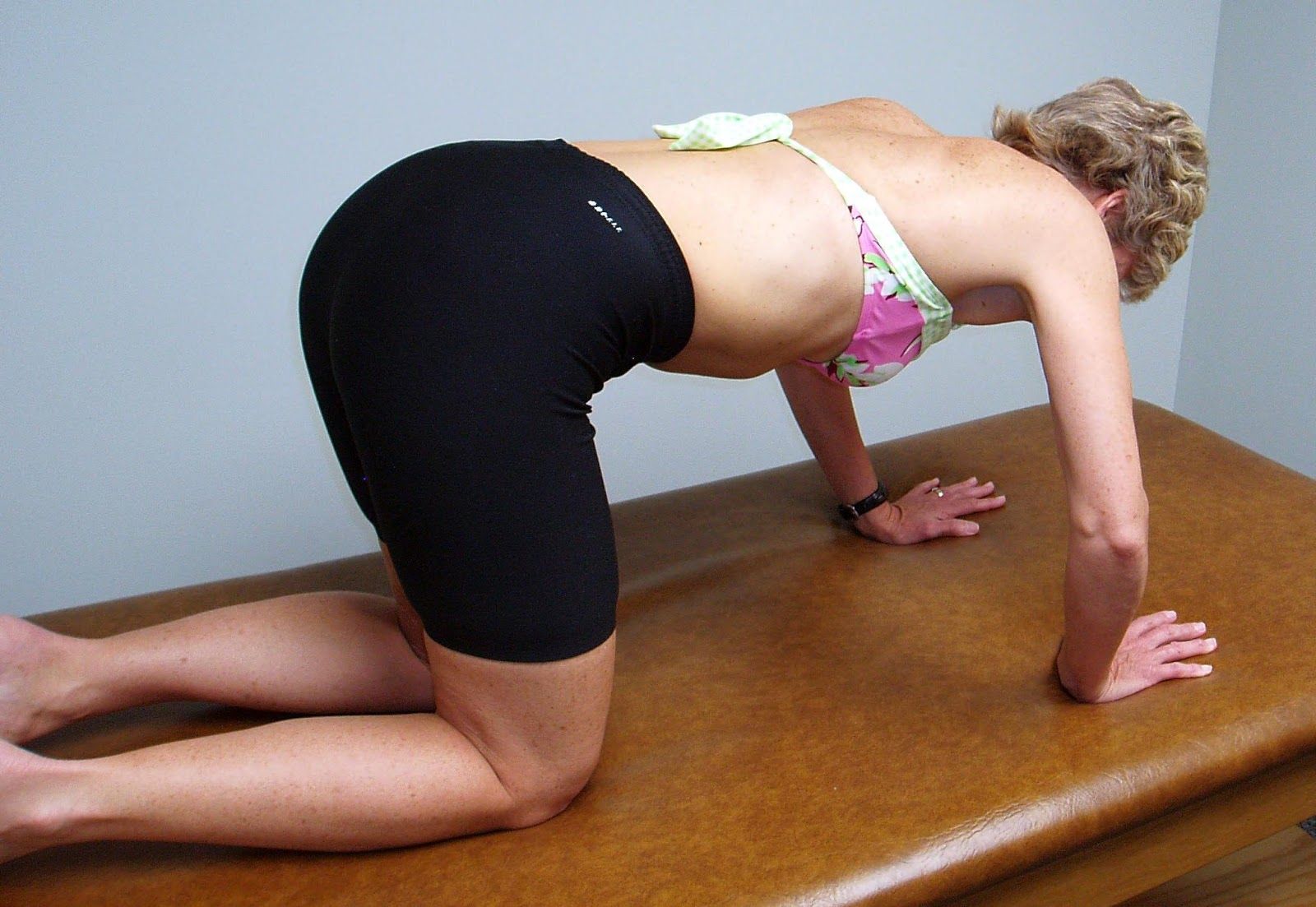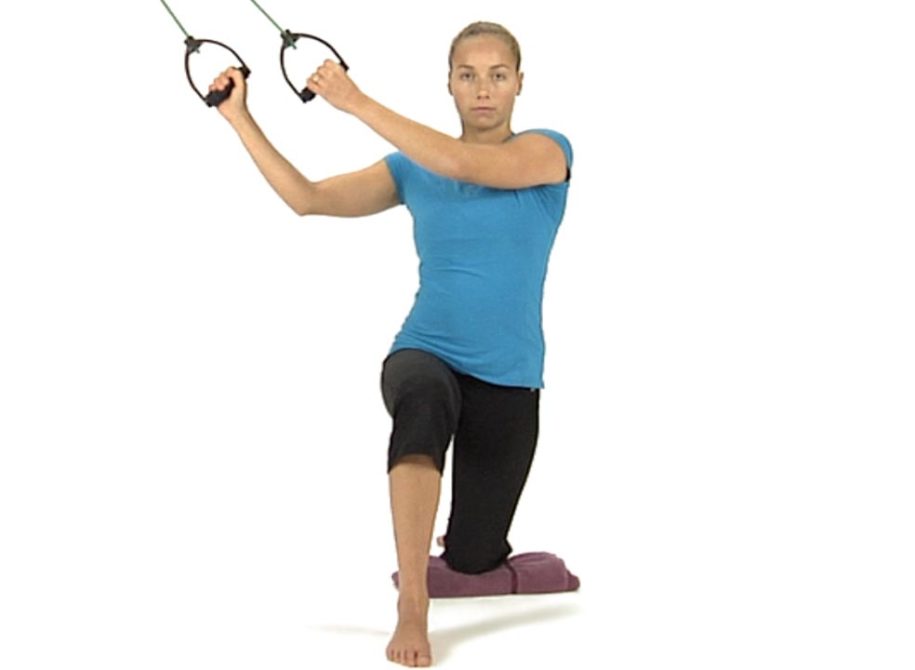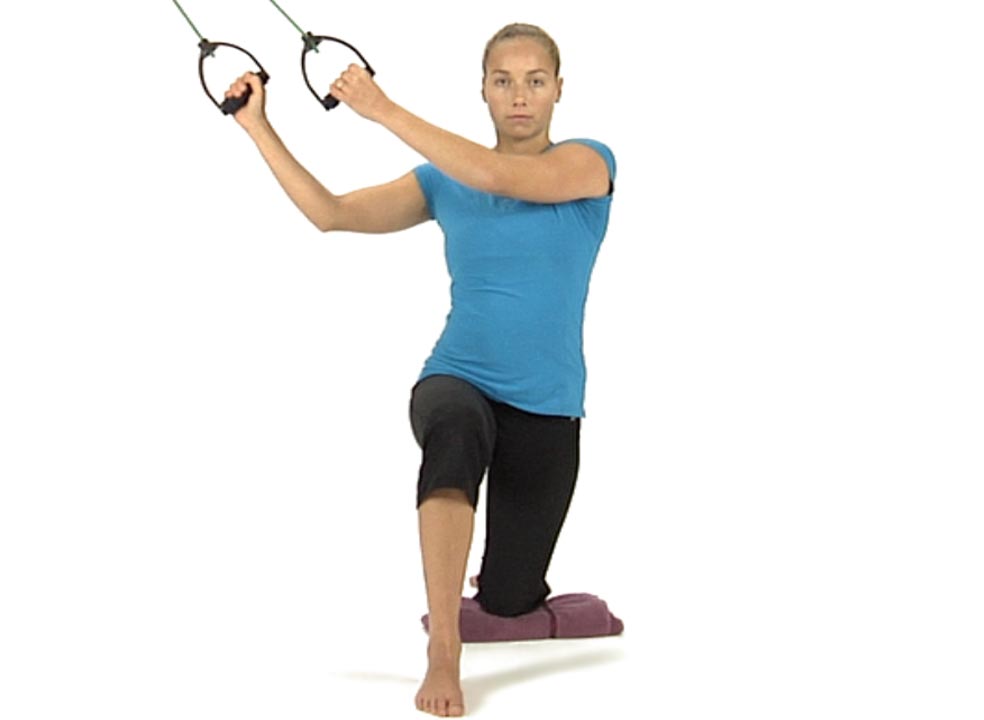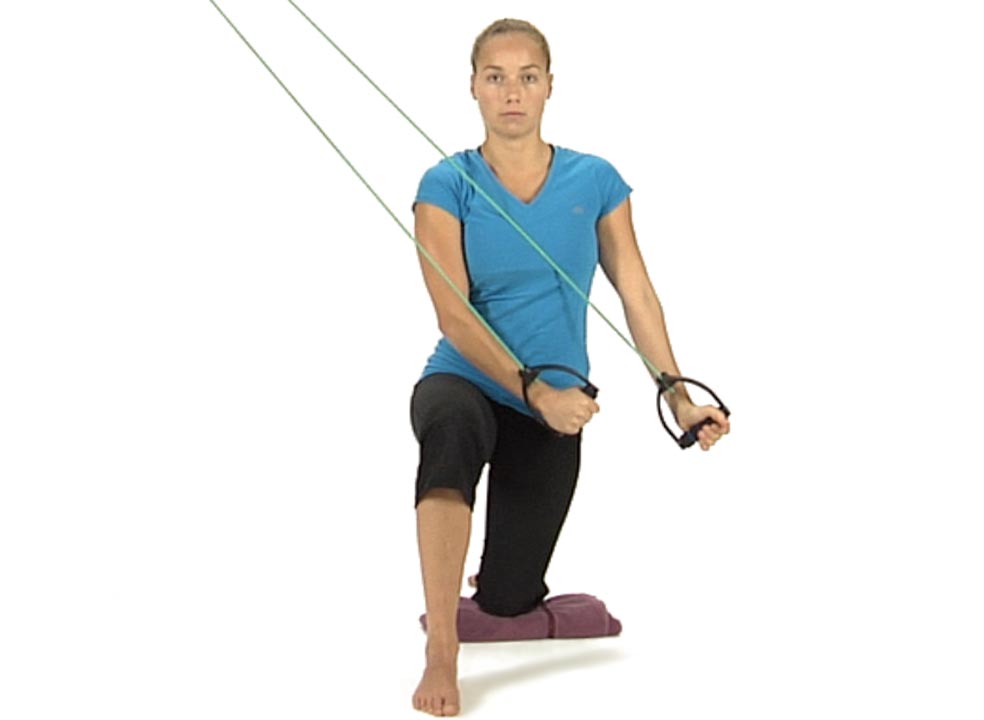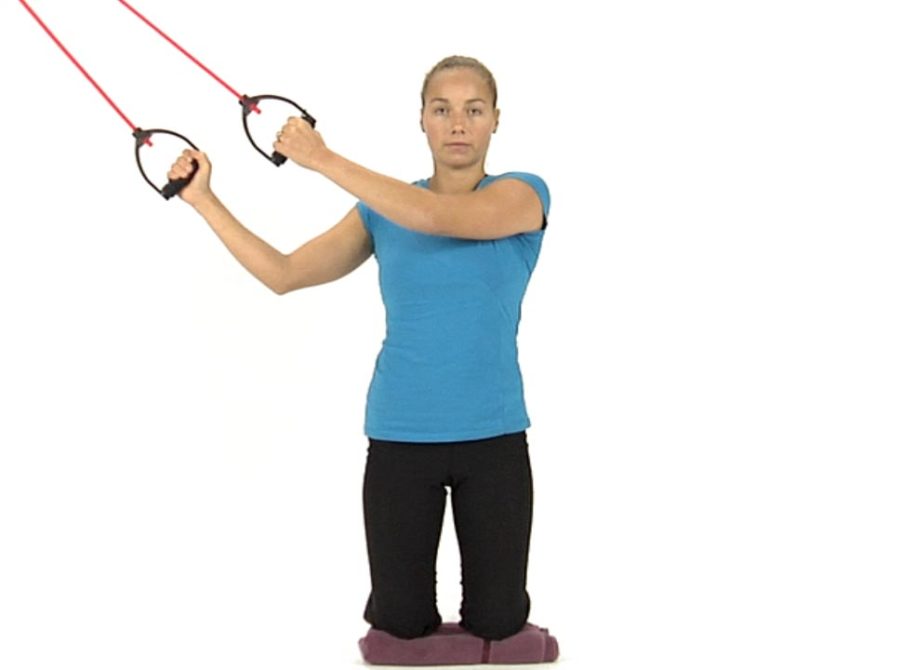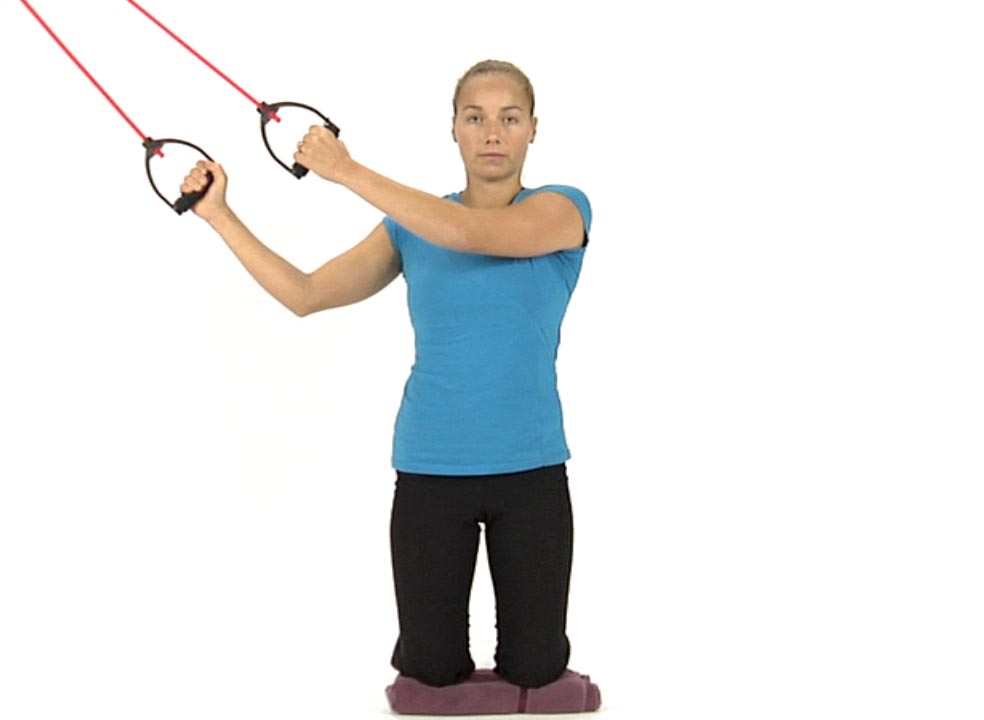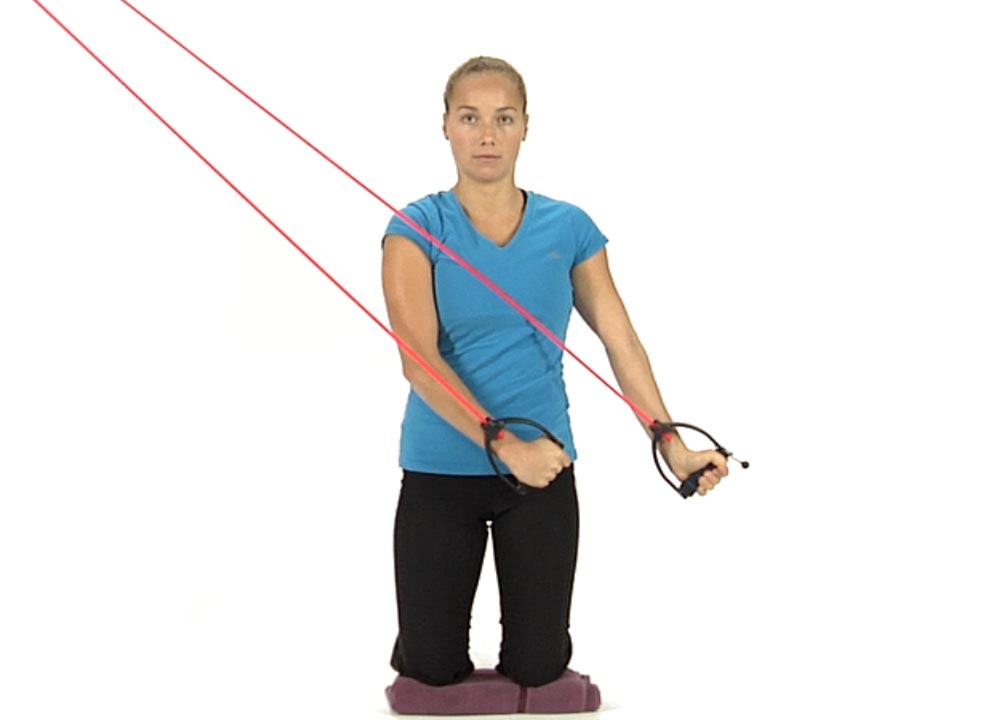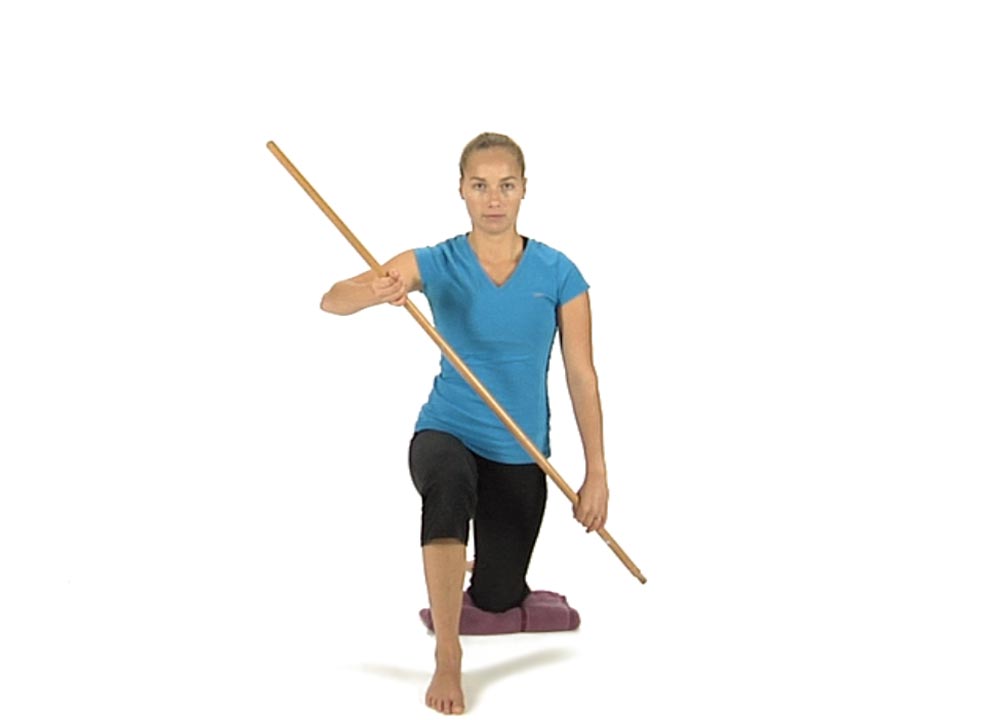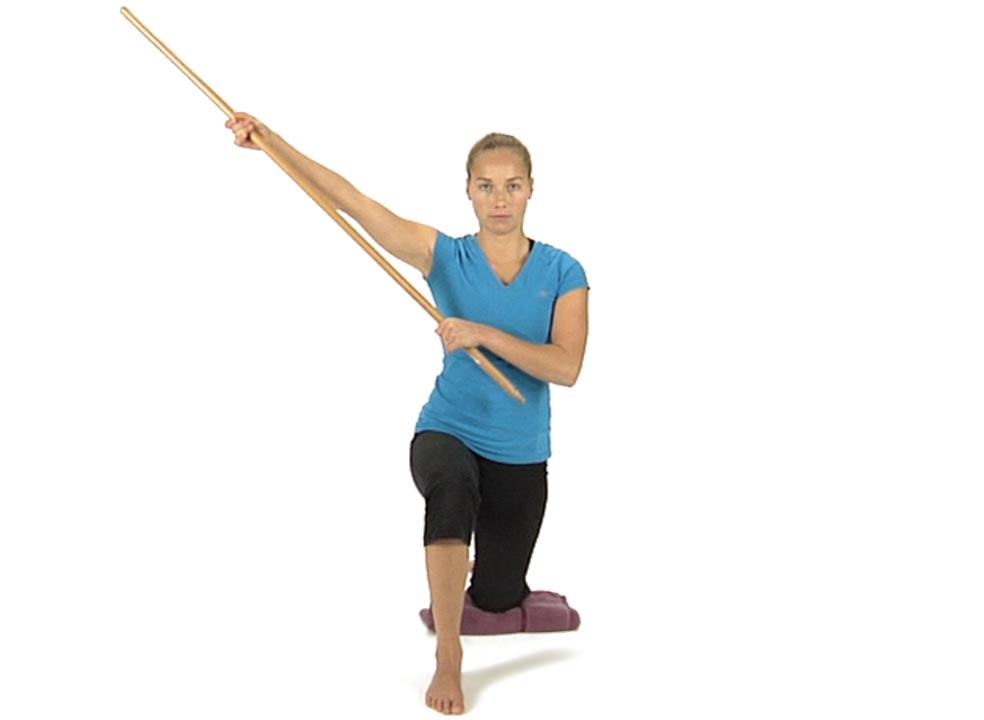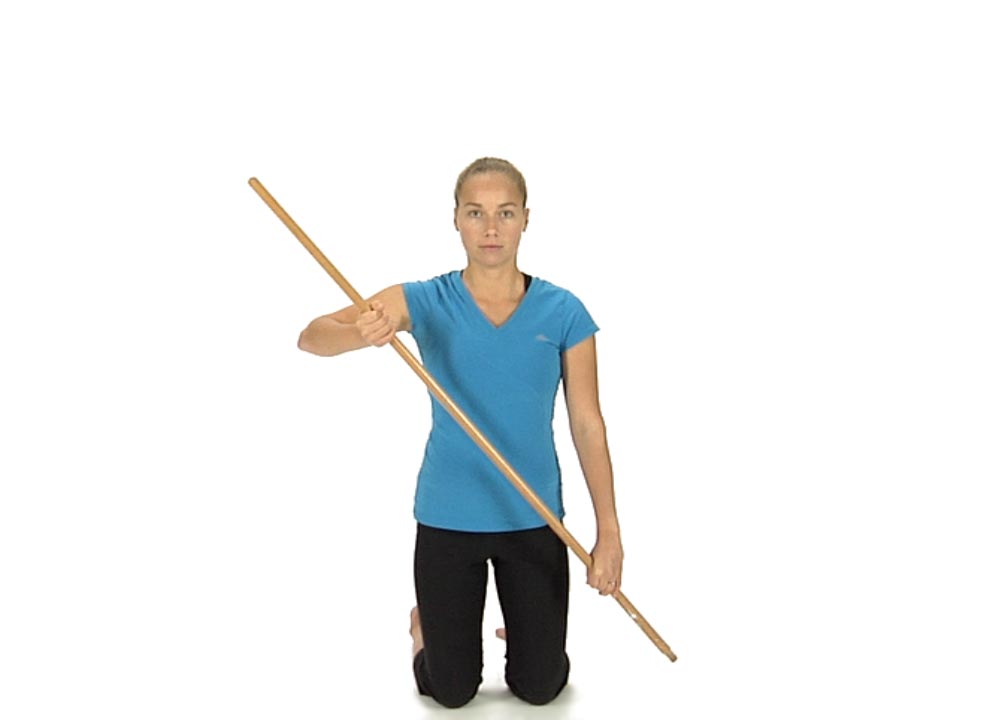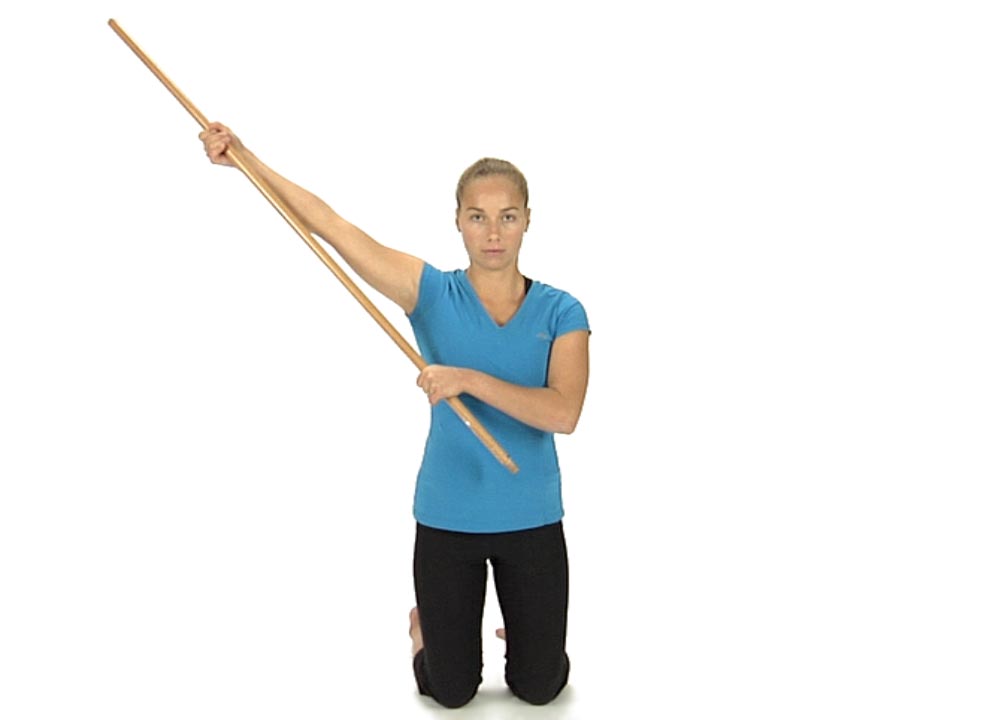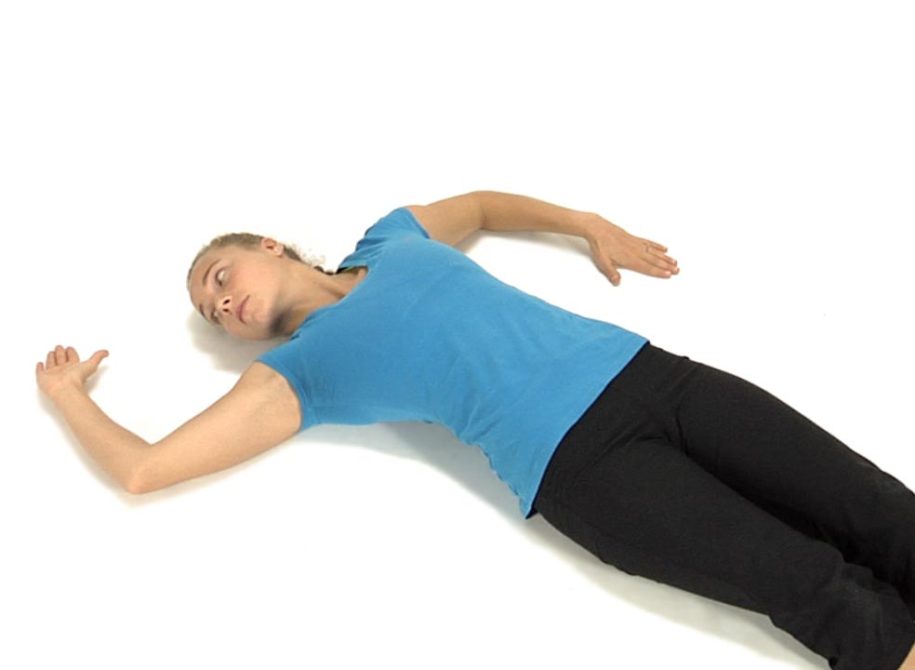
Scapular Stabilization
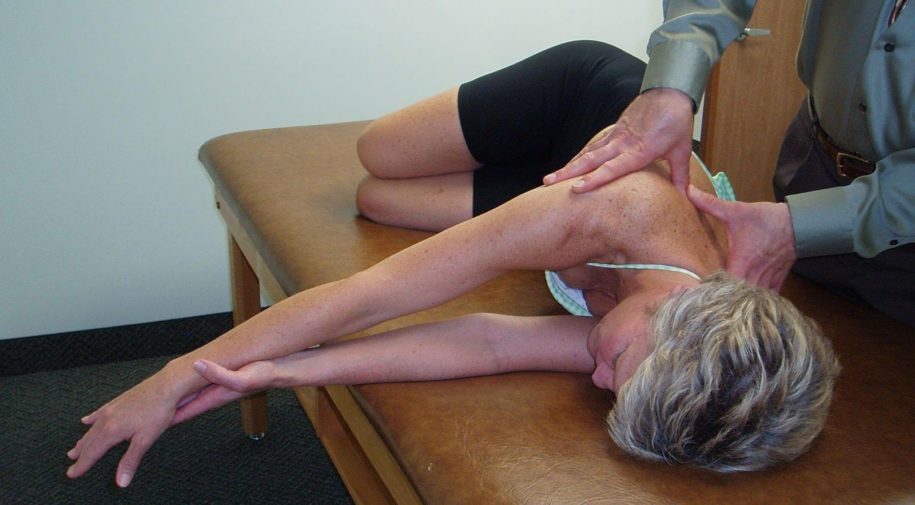
PA Mobilization to the Rib Angles to Increase Thoracic Rotation to the Left
in 2 Movement Tests Lower Quarter, 3 Movement Tests Upper Quarter, 4 Manual Therapy Strategies, All Lower Quarter, All Manual Therapy, All Upper Quarter, Mobilization, Pectoralis Minor/Posterior Capsule, Scapular Depression, Scapular Stabilization, Shoulder Circle
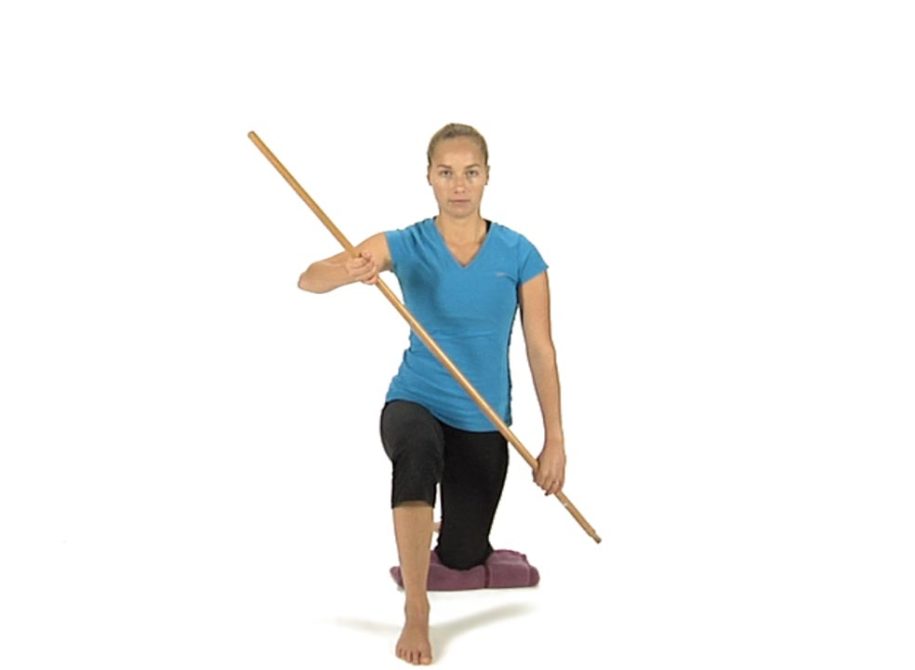
Half Kneeling Chops and Lifts
in 2 Movement Tests Lower Quarter, 3 Movement Tests Upper Quarter, 5 Home Exercise Strategy, All Home Exercises, All Lower Quarter, All Upper Quarter, Functional Integration, Hip ABD Firing Pattern, Hip EXT Firing Pattern, Scapular Stabilization, Shoulder Abduction, Supine Heel slide, Supine Hip ABD and ER, Supine Shoulder Flexion
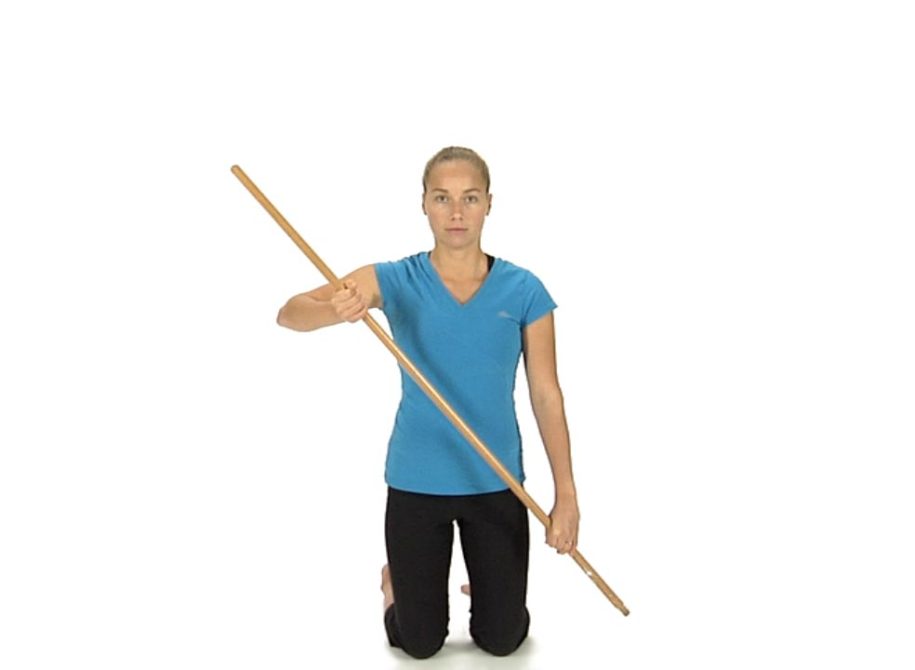
Tall Kneeling Chops and Lifts
in 2 Movement Tests Lower Quarter, 3 Movement Tests Upper Quarter, 5 Home Exercise Strategy, All Home Exercises, All Lower Quarter, All Upper Quarter, Functional Integration, Hip ABD Firing Pattern, Hip EXT Firing Pattern, Scapular Stabilization, Shoulder Abduction, Supine Heel slide, Supine Hip ABD and ER, Supine Shoulder Flexion

